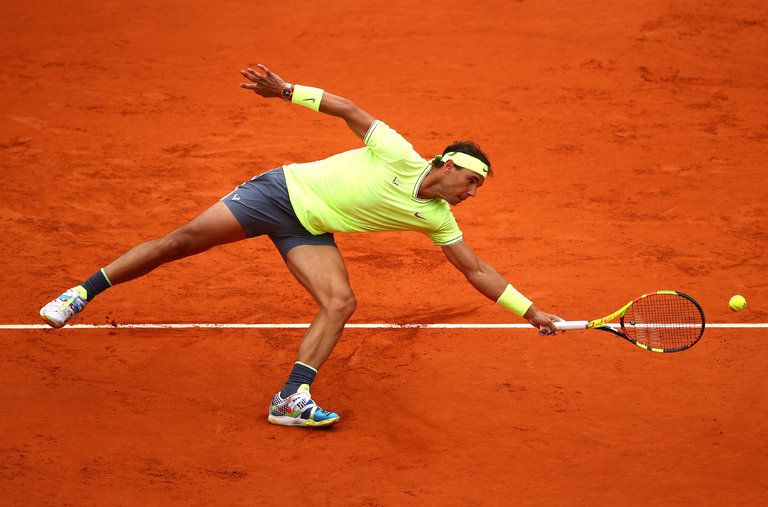Kali Martial Arts: History, Techniques, and Pathways to Mastery
Introduction to Kali Martial Arts
Kali martial arts is a dynamic and sophisticated combat system originating from the Philippines. Renowned for its adaptability and practicality, Kali encompasses a wide range of techniques including stick fighting, bladed weapon use, and hand-to-hand combat. Its roots extend deep into Filipino history, shaped by centuries of conflict, cultural exchange, and a profound need for self-preservation. Today, Kali is recognized internationally for its effectiveness in both traditional and modern self-defense scenarios [1] .
Historical Origins and Evolution
The history of Kali is complex, with oral transmission making its precise origins difficult to trace. It is widely accepted that Kali predates Western colonization in the Philippines, evolving as a means for local communities to protect themselves from invaders and rival tribes. The term “Kali” is believed to stem from “tjakalele,” referencing blade-based martial arts in the wider Southeast Asian region. Its development was heavily influenced by the region’s turbulent social and political landscape, which demanded practical and adaptable combat skills [1] .
During the Spanish colonial period, the practice of Kali was suppressed and renamed Eskrima or Arnis. Despite these changes, the art persisted and continued to evolve, integrating global influences while remaining distinctly Filipino [3] . Today, Kali is practiced worldwide, with systems like Pekiti-Tirsia Kali gaining international respect for their comprehensive approach to edged and impact weapon control [4] .
Core Principles and Techniques
Kali distinguishes itself through its focus on weapons training, particularly the use of sticks, knives, and swords. Beginners often start with bamboo sticks , learning striking and defensive techniques that translate seamlessly into empty-hand combat. The art emphasizes fluid movements, rapid footwork, and strategic positioning, allowing practitioners to adapt quickly to changing combat scenarios [3] .

Source: artofit.org
Key concepts include:
- Weapon Versatility : Training with a variety of weapons ensures adaptability in real-world situations.
- Close-Quarters Combat : Emphasis on fighting at close range, utilizing blades and tactical strategy for survival [4] .
- Flow and Economy of Motion : Techniques are designed to be efficient and direct, enabling quick transitions between offense and defense.
- Triangular and Circular Movements : Many Kali systems incorporate footwork based on triangles and circles, reflecting ancient symbolism and practical combat geometry [2] .
Women have played a significant role in the history of Kali, participating in battles and helping to shape its development [3] .
Real-World Applications and Modern Influence
Kali’s effectiveness has made it popular among military, law enforcement, and security professionals worldwide. Its weapon-based techniques are considered practical for self-defense, close-quarters combat, and tactical training. Notably, Pekiti-Tirsia Kali is taught to military and law enforcement agencies in over 25 countries, demonstrating its global reach and relevance [4] .
The rise of Filipino martial arts in popular culture, including Hollywood movies, has further propelled Kali into the international spotlight. Prominent instructors like Dan Inosanto and Leo Gaje have played pivotal roles in spreading Kali across North America and Europe, leading to a surge in interest and the establishment of dedicated training centers [5] .
How to Start Training in Kali Martial Arts
If you are interested in learning Kali, there are several pathways to begin your journey:
- Local Martial Arts Schools : Many martial arts academies now offer Filipino martial arts or Kali classes. Search for “Kali martial arts schools near me”, or look for reputable organizations such as Elite Training Center and Survival Arts, which provide FMA programs [3] , [4] .
- Qualified Instructors : Seek out certified instructors with experience in Filipino martial arts. Verify their credentials and ask about their lineage or training background.
- Introductory Workshops : Some organizations host introductory workshops or seminars for beginners. These can be a great way to experience Kali firsthand and determine if it suits your goals.
- Online Resources : While hands-on instruction is essential, supplemental learning can be found on verified websites and instructional platforms. Always confirm the legitimacy of any online resource before enrolling.
Before committing to a program, consider observing a class, speaking with current students, and reviewing the curriculum. Kali training typically begins with weapon skills before progressing to empty-hand techniques, making it accessible for individuals of varying experience levels.
Potential Challenges and Solutions
Learning Kali can present several challenges:
- Safety Concerns : Training with weapons requires strict safety protocols. Begin with padded sticks and controlled drills to minimize risk.
- Finding Qualified Instruction : Not all martial arts schools offer authentic Kali programs. Research instructor credentials and seek recommendations from established FMA communities.
- Adaptation to New Techniques : Kali’s emphasis on weapons may be unfamiliar to those with backgrounds in empty-hand martial arts. Approach training with patience and an open mind.
Solutions include starting with beginner classes, using safety equipment, and gradually building proficiency through consistent practice and feedback.
Alternative Approaches and Related Martial Arts
Kali is closely related to other Filipino martial arts systems such as Eskrima and Arnis . In the Southern Philippines, Kali-Silat integrates lower body movements, while Indonesian Silat emphasizes center of gravity manipulation and dance-like techniques [3] . Exploring these related systems can provide a broader understanding of Southeast Asian martial arts and their interconnected philosophies.

Source: wallpapers.com
For individuals seeking weapon-based martial arts outside of Kali, options include Japanese Kendo, Chinese Wushu, and European fencing. Each offers a unique approach to weapons training and combat strategy.
Comprehensive Guidance for Accessing Kali Martial Arts
To access Kali martial arts training:
- Search for “Filipino martial arts” or “Kali martial arts” in your area using verified directories or martial arts association listings.
- Contact reputable training centers directly. Ask about class schedules, instructor credentials, and beginner-friendly programs.
- Attend introductory seminars when available and network with practitioners to learn about upcoming events or workshops.
- If unable to find local instruction, consider traveling to workshops hosted by recognized organizations or instructors.
- Always verify the legitimacy of any school, instructor, or website before enrolling or making payments.
If you cannot find a verified website, reach out to your local martial arts association or community center for referrals. You may also consult the Filipino Martial Arts community through social media groups or forums for recommendations on trustworthy programs and instructors.
Conclusion
Kali martial arts offers a rich blend of history, technique, and practical application. Rooted in Filipino tradition, it has evolved into a global phenomenon celebrated for its effectiveness and adaptability. Whether you are seeking self-defense skills, cultural enrichment, or athletic challenge, Kali provides a pathway to mastery through disciplined training and lifelong learning.
References
- [1] Downbeach.com (2024). Brent Suen on The History & Philosophy of Kali.
- [2] Wikipedia (2005). Pekiti-Tirsia Kali.
- [3] Elite Training Center (2025). Filipino Martial Arts Classes – Kali Martial Arts & Stick Fighting.
- [4] Survival Arts (2025). What is Kali?
- [5] Wikipedia (2002). Filipino martial arts.
MORE FROM couponnic.com













